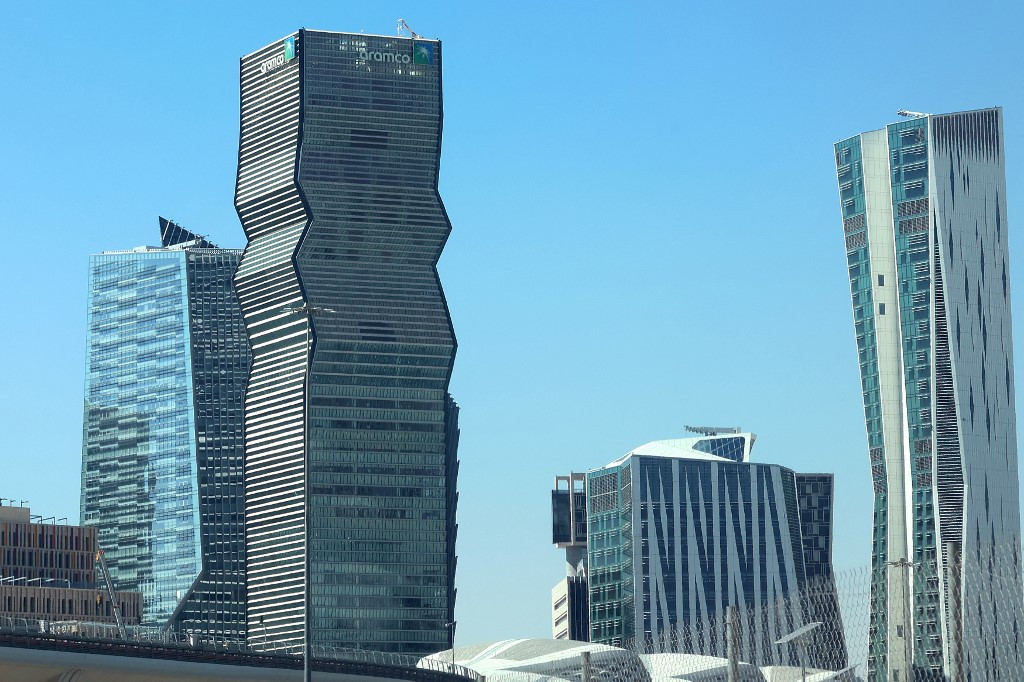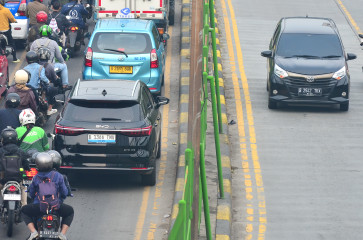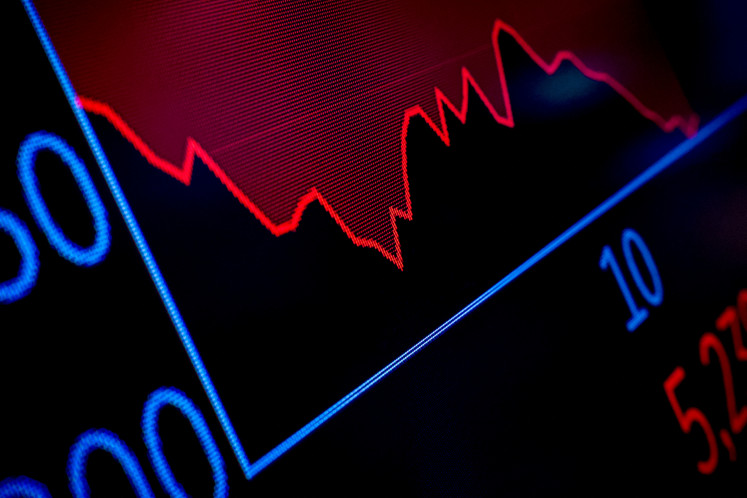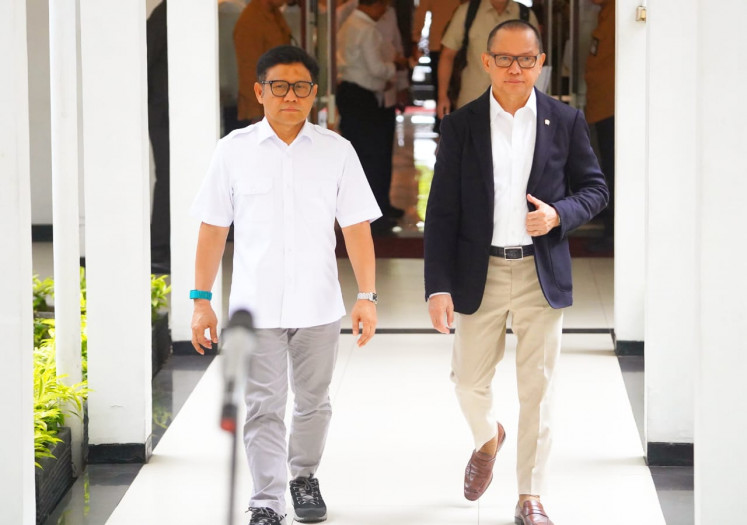Popular Reads
Top Results
Can't find what you're looking for?
View all search resultsPopular Reads
Top Results
Can't find what you're looking for?
View all search resultsSaudi Aramco net profits drop 4.6 percent in first quarter: Statement
Change text size
Gift Premium Articles
to Anyone
O
il giant Saudi Aramco on Sunday reported a drop of 4.6 percent in its first-quarter net profits as lower sales and higher operating costs hit the lynchpin of the kingdom's ambitious economic reform plans.
Profits fell due to "lower revenue and other income related to sales as well as higher operating costs", read a statement published by the Saudi stock exchange.
"Global trade dynamics affected energy markets in the first quarter of 2025, with economic uncertainty impacting oil prices," said Aramco president Amin H. Nasser in a separate statement.
Net income for the first quarter of the year came in at 97.54 billion riyal (US$26.01 billion), compared to 102.27 billion riyal ($27.27 billion) for the same period in 2024.
"Aramco's robust financial performance once again demonstrated the company's unique scale, its reliability and flexibility, the value of its low-cost operations, and its emphasis on efficiency and advanced technology," added Nasser.
Saudi Arabia remains the world's largest crude oil exporter and is currently producing around 9.2 million barrels per day -- which is below its full production capacity of 12 million barrels, according to Jadwa Saudi, a Riyadh based think tank.
- Drop in prices -
Oil prices have suffered steep declines in recent weeks over concerns that increased United States import tariffs under US President Donald Trump will hit global demand hard and stifle international trade.
Prices have also come under pressure following the eight OPEC+ member countries' decision earlier this month to increase oil production in June, at the risk of driving down already low prices.
Under this plan, Saudi Arabia, Russia and six other countries in the alliance will produce an additional 411,000 barrels per day in June.
The original plan called for the increase of production by 137,000 barrels per day.
"The market has been under pressure, and its performance began to decline in the first quarter of 2025, due to weak supply and demand fundamentals: slowing Chinese demand for crude, the US trade war, and the OPEC+ production policy adjustment," Ibrahim Abdul Mohsen, an Abu Dhabi based energy analyst, told AFP.
The Saudi government currently owns 81.5 percent of Aramco's shares and relies on its revenues to finance the "Vision 2030" projects launched by Crown Prince Mohammed bin Salman.
Saudi Arabia, eyeing a post-oil future, is in the midst of a lavish spending plan aimed at attracting tourists and investment to the Middle East's biggest economy.
Chief among an array of flashy projects is NEOM -- a $500 billion futuristic new city in the desert -- as well as the 2034 World Cup and a major new airport for Riyadh.
Aramco reported record profits in 2022 after Russia's invasion of Ukraine sent oil prices soaring, allowing Saudi Arabia to record its first budget surplus in nearly a decade.
But the Saudi cash cow has seen its profits drop in recent years with a slide in oil prices.
The Saudi finance ministry in September said it expects a budget deficit of 2.3 percent of GDP in 2025, with the deficit continuing until 2027.











